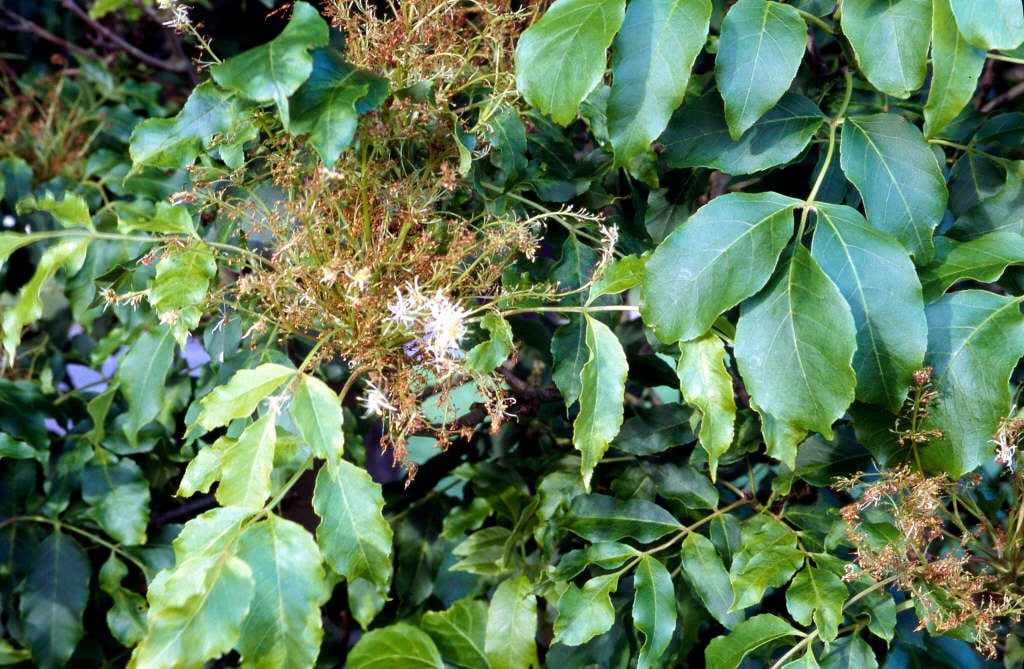Size
Ultimate height
Higher than 12 metresTime to ultimate height
20–50 yearsUltimate spread
Wider than 8 metresGrowing conditions
Moisture
Moist but well–drained, Well–drainedpH
Alkaline, NeutralColour & scent
| Stem | Flower | Foliage | Fruit | |
| Spring | Green | |||
|---|---|---|---|---|
| Summer | White | Green | ||
| Autumn | Green | Green | ||
| Winter |
Position
- Full sun
Aspect
North–facing or West–facing or South–facing or East–facing
Exposure
Exposed or Sheltered Hardiness
H5Botanical details
- Family
- Oleaceae
- Native to GB / Ireland
- No
- Foliage
- Deciduous
- Habit
- Bushy
- Genus
Fraxinus are medium-sized to large, mostly deciduous trees with attractive pinnate leaves, sometimes conspicuous flowers and autumn colour, and distinctive winged fruits
- Name status
Correct
- Plant range
- S Europe, Asia Minor
How to grow
Cultivation
Excellent for woodland and coastal gardens where there is an alkaline or neutral soil and full sun
Propagation
Propagate by seed or grafting
Suggested planting locations and garden types
- Low Maintenance
Pruning
Pests
Generally pest-free
Diseases
Ash dieback has recently been found in the UK. Restrictions have been put in place (from 29 October 2012) regarding both the importation of ash from abroad and the movement of ash within the UK. May also be susceptible to honey fungus
Get involved
The Royal Horticultural Society is the UK’s leading gardening charity. We aim to enrich everyone’s life through plants, and make the UK a greener and more beautiful place.
